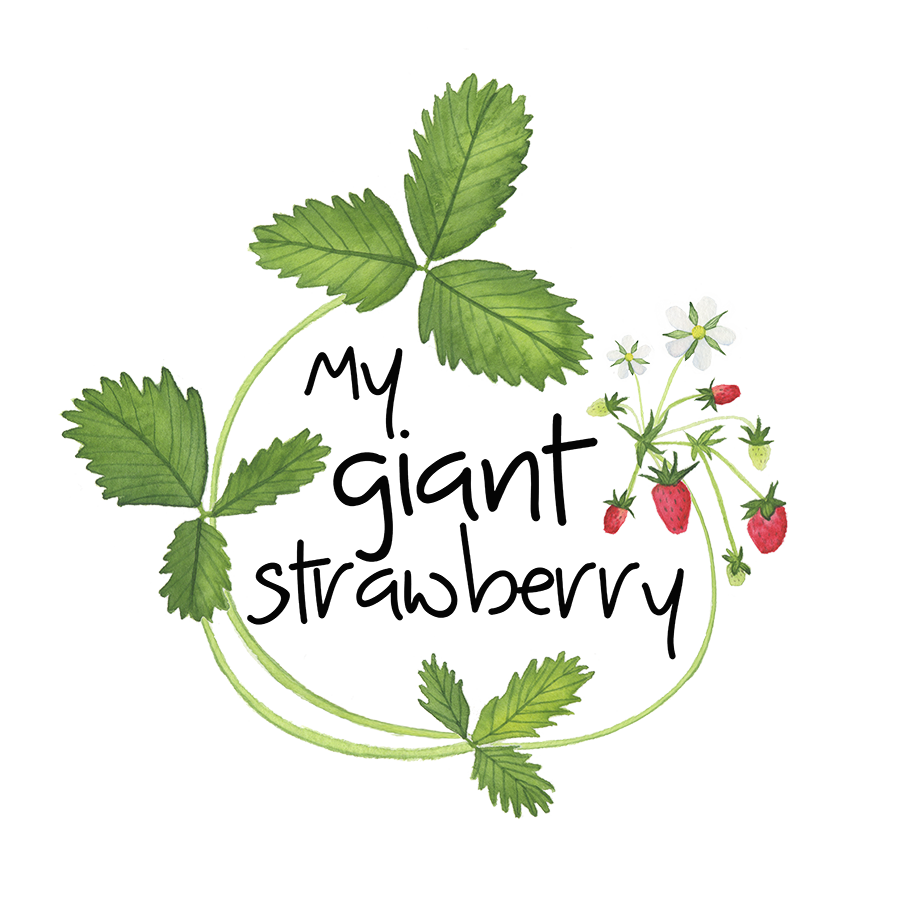Why I Don't Clean Up the Garden in the Autumn
Colorful leaves crunching underfoot.
Pumpkins arranged on the front steps.
Gently falling snow.
Just like that, winter arrived in Wisconsin this week. The few remaining flowers have blackened to nothing. And my garden is officially finished for the year.
Many gardeners have checklists for fall clean-up, necessary chores to ready the garden for its winter slumber. I take a more relaxed approach, leaving my beds to their own devices.
Why?
The seeds of spent flowers provide food for birds and other wildlife. The tangle of plant skeletons provide habitat and protection. Caterpillars overwinter in the underbrush or their chrysalises cling to stems, waiting for spring. Fallen leaves protect tender plants and eventually break down to enrich the soil (leaves make the best mulch!).
Some experts declare that a fall clean-up makes it easy to begin gardening in the spring. I guess that is true, but I’ve found that plant matter breaks down over the winter and is easier to clean up in the spring than it is to clear out in the autumn.
Even so, there are a few things I do try to do before winter sets in:
remove diseased plants
trim seed heads from obnoxious self-seeders if I haven’t already (for me it’s nicotiana, feverfew, morning glory, lemon balm, poppies)
collect seeds to save, spread and share (I’ve been tucking packets of saved seeds into my customers’ packages)
bring clay pots to a protected spot like the garage
dig dahlia tubers to store inside for the winter
order seed catalogs
If you haven’t already, autumn is also the perfect time to asses this year’s garden. What worked. What didn’t. What do you wish you’d planted? What do you want to plant more of? For me I’m thinking I need more zinnias, more varieties of nasturtiums and sturdier sunflowers (with better supports — am I the only one whose sunflowers topple every year?).
What about you? How did your garden do this year? Are you making plans for next year?



